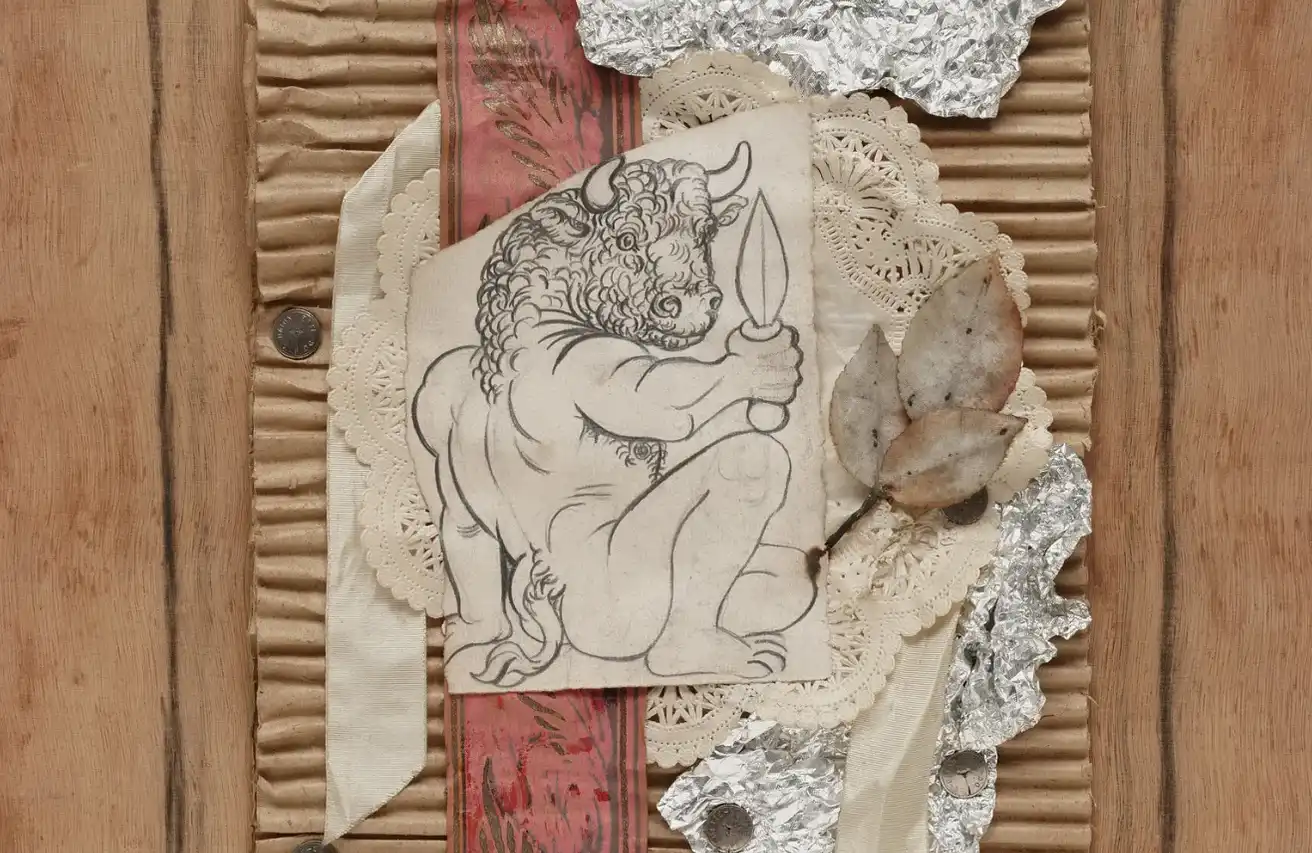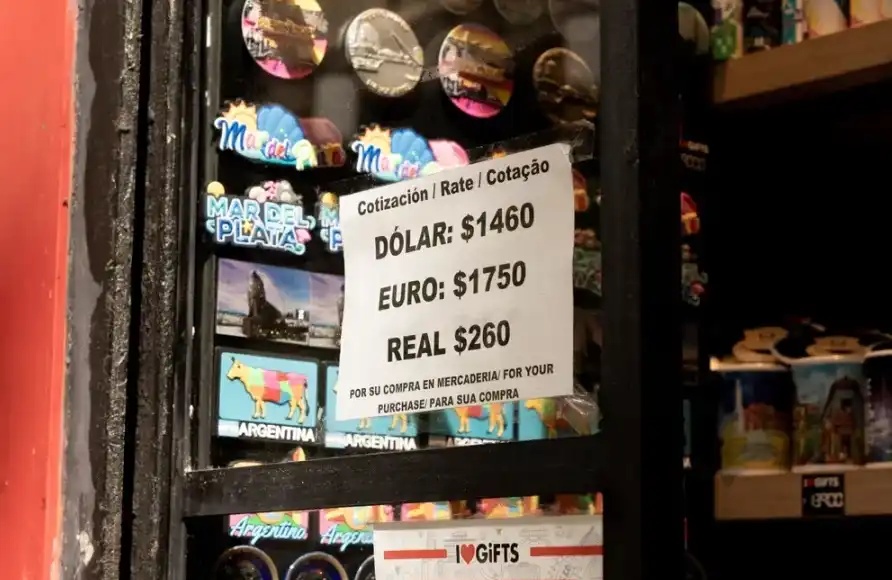Carve out Bitcoin, add value or drag?
原文标题:《 给比特币「雕花」,增值还是累赘? 》
Original author: Kyle, Metaverse Sunburst
Bitcoin network can also issue NFT, big players quickly enter. On March 6, Yuga Labs kicked off the TwelveFold auction, the first NFT that Yuga Labs has released on the Bitcoin blockchain network, comprising 300 pieces of art.
Building NFTS on the Bitcoin network, which has no smart contracts, is not as friendly. But the developers of Web3 came up with a solution, and in January this year Ordinals, a protocol that encodes Bitcoin's (BTC) smallest transaction unit, "Cong", and then "etches" pictures into the Cong data to generate NFT.
"Carving NFT art for digital gold bitcoin" sounds lucrative. As a result, a bitcoin version of the NFT sold for 9.5 BTC, equivalent to more than 1.48 million yuan. Under the money-making effect, a large number of "carvers" including Yuga Labs came, brewing a variety of bitcoin version of NFT.
However, the already congested Bitcoin network has become even more congested because of the on-chain flow of NFT, and the explosion in block size has driven up the storage costs of nodes. The chorus of "Bitcoin doesn't need NFT" is ringing.
Here comes the bitcoin version of NFT
On March 6th, Yuga Labs launched TwelveFold, a new NFT project that is different from other Ethereum-based releases like Bored Ape Yacht Club, TwelveFold is the first NFT series to launch on the bitcoin blockchain.
As one of the most well-known publishers in the NFT world, Yuga Labs has a lot of clout. According to the rules, users participating in the auction need to fill in the address of a bitcoin wallet used to receive NFT, and then click the "bid" button to get a Bitcoin payment address to which they can then send their bids for bids. The minimum bid is 20,000 cong, or about $5 at current bitcoin prices.
TwelveFold, which was announced on February 28, is a "limited edition experimental collectible" that Yuga Labs defines as a "twelvefold" collection of 300 pieces of art "inscribed" on the Bitcoin network's smallest unit, "smart," each located on a "12x12" grid, Yuga Labs explains. "It's the visual language of the Bitcoin blockchain data mapping."

TwelveFold NFT style
In the auction, 288 TwelveFold NFT will be sold to the market and the remaining 12 will be reserved for contributors or for future donations and charitable causes. Although Yuga Labs states that the works will not interact with or be related to any previous, ongoing or future Ethereum-based Yuga projects, the auction will be attended by a large number of "local rich" people.
According to the auction results on March 7, the highest bid for the top 288 addresses reached 71,159 BTC (about 1,108,000 yuan) and the lowest bid was 22,501 BTC (about 350,000 yuan), meaning that during the sale phase, TwelveFold NFT, who is worth a BMW 3 series, is a decent "aristocrat".
Many people regard the entrance of Yuga Labs as a milestone event of Bitcoin NFT. After all, Yuga Labs, which holds such blue-chip NFT projects as BAYC Boring Ape and CryptoPunks, is currently recognized as the largest NFT factory in the market.
So, as the "oldest" blockchain network, why didn't Bitcoin have NFT before? After all, bitcoin is the earliest application of the blockchain network, and some crypto fundamentalists believe that the concept of blockchain is all agglutinated from Bitcoin.
But as the first generation of blockchain, Bitcoin does not have the concept of a smart contract. It is a pure "peer-to-peer value transfer" network, which can only produce bitcoins. When it comes to Ethereum, smart contracts become an important difference between the two. Anyone can use smart contracts to issue tokens. For example, various "coins" bought and sold in the crypto market are born in Ethereum network.
Issuing NFT using the Bitcoin network was not feasible until January of this year, when a protocol called Ordinals enabled the Bitcoin network to "+NFT" ina special way. Ordinals, which translates to serial number in Chinese, was designed to sequence bitcoin's smallest transaction unit, the Satoshi, so that each cong could be numbered so that it could be tracked or traded individually.
This change provided the conditions for the birth of NFT in the Bitcoin network. After assigning the number to Cong, Ordinals protocol supports the "lettering" of Cong, that is, users can add text, pictures and other information to Cong data to create NFT.
Unlike blockchains such as Ethereum, where each NFT is "independent," Bitcoin's NFT is more like an accessory attached to the Cong. As a result, to trade an NFT on Bitcoin, you must send the corresponding NFT to complete the transaction.
One protocol adds gameplay to the Bitcoin ecosystem, and the crypto community gets excited. According to Yuga Labs, when stepping into the Ordinals community a month ago, it felt like a glimpse into the Ethereum NFT ecosystem in 2017. "The tools and structures that people have become accustomed to for Ethereum NFT do not exist, and we are excited about the prospect of Bitcoin's digital artifacts."
Increasing congestion sparks opposition
Crypto art has long been considered a unique culture in the crypto world, with attempts to create art on the Bitcoin network dating back to 2011. Back then, someone put messages on the Bitcoin blockchain and used those messages to create ASCII art.
ASCII stands for "American Standard Code for Information Exchange," and it allowed artists to send Bitcoin transactions with text drawn images, much as people used character drawn messages to send well wishes 20 years ago, in the days before memes. Instead of a rune in a text message, "add a figure" to a Bitcoin transaction message, which will be packaged into a block and remain permanently on the blockchain.
One piece of ASCII art that is well known in crypto circles is a tribute to Len Sassaman, an early Bitcoin developer who passed away, and Ben Bernanke, then chairman of the Federal Reserve. The crypto artist at the time presented two human faces in characters on the blockchain. This work briefly started the crypto art trend.

Early ASCII art
ASCII works at that time, though very artistic, did not stay popular for long, because the digital art could not be owned, it was just recorded on the chain, did not belong to anyone, and could not be traded. The lack of collection and return on investment value has also failed to enlivened the Bitcoin ecosystem, which is dominated by hype.
Now, Bitcoin NFT has arrived late, after blockchain networks such as Ethereum and Solana popularized NFT. The clever maker of the Ordinals protocol allowed people to attach artistic value to bitcoin as if it were carved. It may seem like a new endeavor, but in reality, things may not be so rosy.
To date, more than 50,000 NFT have been created on the Bitcoin blockchain. The first project, modeled after the Ordinal Punk series published by Cryptopunks, saw several NFTTS sold for more than 1BTC. The highest-priced Inscription 620 was labeled for 9.5 BTC (about 1.48 million yuan).
Overnight, NFT projects and players saw the Bitcoin network as a gold mine. However, an Ethereum NFT can delete metadata by a smart contract, but each NFT made using Ordinals is stored forever on the Bitcoin blockchain, which looks more expensive, but in fact causes the cost of storing nodes in the Bitcoin network to rise significantly.
Data shows that since Ordinals was introduced, Bitcoin's block size has jumped from around 0.7mb to more than 2.2mb. The data volume has increased so much that network nodes (who record Bitcoin's network transactions) have had to increase their costs to "keep track".
Slow transactions and high fees due to poor scalability have long been a major pain point for Bitcoin, but with the emergence of NFT, congestion has worsened: block sizes have increased and market sentiment has led to more frequent transactions. Dune data shows that Taproot, a bitcoin extension tool that supports the Ordinals protocol, has seen a surge in usage this year, which often means higher transaction costs and more congestion on the network.
Some people have compared Bitcoin NFT to "digital gold engraving art," but the positioning of bitcoin as "digital gold" itself is open to debate. After all, during the past two years of rising global inflation, Bitcoin did not "hold its value" like gold. Instead, it rose and fell frequently, making financial investors doubt its "safe haven" status.
A crypto KOL believes that for bitcoin, it does not need to introduce new use cases, also do not need to take other means to improve popularity, because bitcoin in the creator Satoshi Nakamoto's definition, the most important function is "point-to-point electronic cash system", "if the imposition of the scene, and at the cost of increasing congestion, is not worth the loss."
Nakamoto with encryption technology to simulate cash transaction scene created the bitcoin system, the original application scene is payment, it was born in 2008 when the global financial crisis, later because of the emergence of the price formed the investment and speculation market, has been added to the "hedge assets", "digital gold" positioning, But these "artificial" because of bitcoin booms and busts in the market instead of suspicion. There's no question that in the investment market, it's not easy to add another story to Bitcoin.
Therefore, some argue that the introduction of NFT is to add a new narrative to Bitcoin's investment value before its next output halves in 2024. But for now, at least, Bitcoin NFT is simply creating new hype and a burden on the network that will discourage its adopters.
One industry observer commented, "No one is ready to accept Bitcoin NFT, not even Bitcoin itself."
Original link
Welcome to join the official BlockBeats community:
Telegram Subscription Group: https://t.me/theblockbeats
Telegram Discussion Group: https://t.me/BlockBeats_App
Official Twitter Account: https://twitter.com/BlockBeatsAsia


 Forum
Forum Finance
Finance
 Specials
Specials
 On-chain Eco
On-chain Eco
 Entry
Entry
 Podcasts
Podcasts
 Activities
Activities
 OPRR
OPRR







